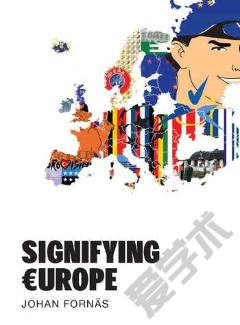Character Merchandising in Europe
The book focuses on the legal strategy and monitoring of merchandising campaigns of a cross border nature in 17 European countries. Drawing on the local expertise of contributing authors from each country, Character Merchandising in Europe presents a detailed comparative analysis of the manifold legal issues related to merchandising practices. These include the following: the inadequacy of trade mark licenses to encompass the ?affinity? motive of the purchaser of merchandising; the overlapping rights of a manufacturer and a merchandiser in the same product; deficiencies in unfair competition law concerning merchandising; the question of whether merchandising symbols could be registered in a manner analogous to (but distinct from) trade marks; the question of whether copyright law may be extended to protect the merchandising use of a copyrighted or copyrightable element; the ownership of merchandising rights; and the question of whether a merchandising right can persist after the protection of the symbol itself has lapsed. Character Merchandising in Europe marshals impressive evidence that merchandising law, although it can hardly be said to exist as such, is nonetheless implied in an extensive body of pronouncements from the various fields of intellectual property law. This perception is supported by the first judicial decision on the protection of merchandising activities, recently rendered by the European Court of Justice and supplied in full text as an annexe to this volume. This is the first and only in depth analysis if this nascent but far reaching field of legal practice, and as such it is of unique value not only to practitioners in entertainment or sports law but to company lawyers in virtually any enterprise.
{{comment.content}}








 京公网安备 11010802027623号
京公网安备 11010802027623号